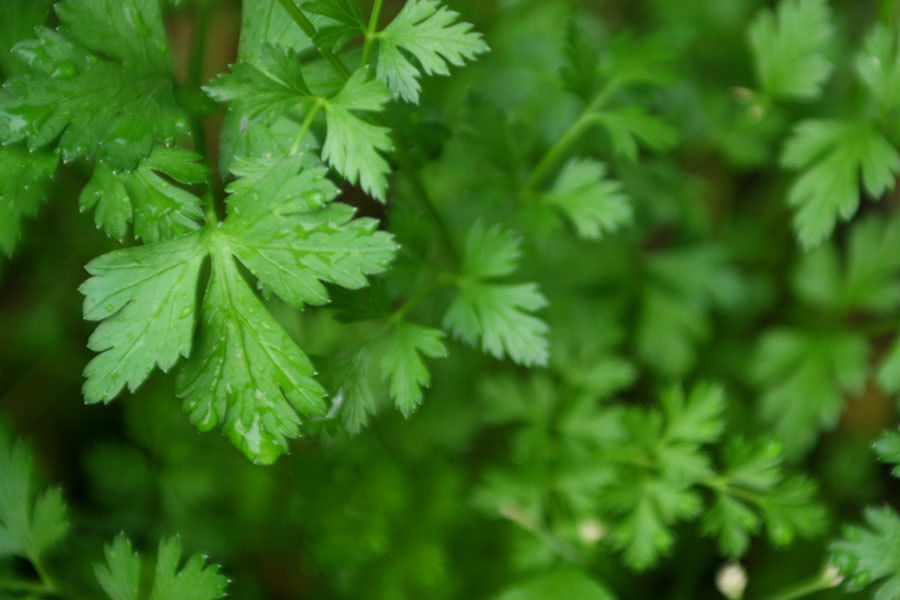
Working, Creating, and Learning Together with Daddies Juice Farms

.png)




AQUAPONICS
SCHOOL - CHURCH - HOME
AQUACULTURE
What is Aquaponics and Aquaculture?
Aquaponics is a combination of aquaculture, which is growing fish and other aquatic animals, and hydroponics which is growing plants without soil.
Aquaponics uses these two in a symbiotic combination in which plants are fed the aquatic animals’ discharge or waste. In return, the vegetables clean the water that goes back to the fish. Along with the fish and their waste, microbes play an important role to the nutrition of the plants.
These beneficial bacteria gather in the spaces between the roots of the plant and converts the fish waste and the solids into substances the plants can use to grow. The result is a perfect collaboration between aquaculture and gardening.
Aquaponics is a big hope for sustainable organic crop production, aquaculture and water consumption. The fish waste is recycled and used for plant growth instead of throwing it in the ocean. The water is recirculated in a closed system lowering the consumption of this resource.
Children of all ages should learn and develop their own DIY Aquaponic Garden. They can experiment with the aquaponic system at school or any place of learning.
AGRICULTURE
SCHOOL - CHURCH - HOME
HORTICULTURE
What is Agriculture for Kids?
Agriculture is another word for farming. It includes both growing and harvesting crops and raising animals, or livestock. Agriculture provides the food and many raw materials that humans need to survive.
What does Agricultural Teach?
Agricultural education teaches students about agriculture, food and natural resources.
Agricultural educators teach students a wide variety of skills, including science, math, communications, leadership, management and technology.
Is Learning about Agriculture Important?
Farmers, like all other people, have families and care about their work. I think it is important for students to understand that farmers eat the food they produce, and by developing connections to the farmers, students are also developing connections to the food.
DADDIES JUICE FARMS GARDEN CURRICULUM
SCHOOL
Age 5–6 Kindergarten
6–7 First grade
7–8 Second grade
8–9 Third grade
9–10 Fourth grade
10–11 Fifth grade
Elementary School Gardening Projects
#1, #2, #3, #4, #5, #6, #7, #8, #9, #10
Elementary Garden Seminars
Topics: Aquaponics #1, #2, #3
Agriculture #1, #2, #3, #4, #5
Aquaculture #1, #2, #3, #4, #5
Age 11–12 Sixth grade
12–13 Seventh grade
13–14 Eighth grade
Middle School Gardening Projects
#1, #2, #3, #4, #5, #6, #7, #8, #9, #10
Middle School Garden Seminars
Topics: Aquaponics #1, #2, #3
Agriculture #1, #2, #3, #4, #5
Aquaculture #1, #2, #3, #4, #5
CHURCH
Church Gardening Projects
#1, #2, #3, #4, #5, #6, #7, #8, #9, #10
Church Garden Seminars
Topics: Aquaponics #1, #2, #3
Agriculture #1, #2, #3, #4, #5
Aquaculture #1, #2, #3, #4, #5
HOME
Home Gardening Projects
#1, #2, #3, #4, #5, #6, #7, #8, #9, #10
Home Garden Seminars
Topics: Aquaponics #1, #2, #3
Agriculture #1, #2, #3, #4, #5
Aquaculture #1, #2, #3, #4, #5


INDOOR GARDENING
SCHOOL - CHURCH - HOME
INDOOR
Creating a green haven that is located inside of a school or institution is always a good thing. This student created indoor environment will decorating your classroom and school environment with plants and edible foods.
Learning about indoor gardens can be taught to all ages and grade levels. This is learning is very adaptable for all ages once they receive the hands-on learning. Students will explore the benefits of indoor plants by designing and creating, an indoor garden to enjoy all year long including the winter months.
People are more relaxed when viewing green landscapes vs. an urban scene. (Ulrich, R.S., and R.F. Simons. 1986.
Recovery from stress during exposure to everyday outdoor environments. p. 115-122. In: J. Wineman, R. Barnes, and C.Zimring (eds.). The Costs of Not Knowing. Proceedings of 17th Annual Conference of the Environmental Research and Design Association, Washington, D.C.).
The presence of plants in a room increases attention and reduces stress. (Lohr, V.I., C.H. Peason-Mims, and G.K. Goodwin. 1996.
Interior plants may improve worker productivity and reduce stress in a windowless environment. Journal of Environmental Horticulture. 14:97-100.).
OUTDOOR GARDENING
SCHOOL - CHURCH - HOME
OUTDOOR
Benefits of a outdoor garden are many.
-
Better physical health through exercise and learning how to use or strengthen muscles to improve mobility.
-
Improved mental health through a sense of purpose and achievement.
-
While this is true, gardening is also a good way to get physical activity. Physical activity can help strengthen bones and joints, lower blood pressure, and help manage stress. Gardening is a fun, creative, and healthy activity with positive health benefits.
-
Why should every school, Home, and Church have a outdoor garden?
-
It encourage Healthy Eating: Gardens containing fruit and vegetables can help to change the attitudes about particular foods and people. Students are more likely to try eating vegetables they have grown themselves and to ask for them at home once they have developed the understanding of its growth.
-
Outdoor play and learning enables children, teenagers, and young adults to enjoy the natural environment and learn to seek out exercise, fresh air, and activity. This helps to improve everyone's health and gives greater ability to focus on important subjects in school.